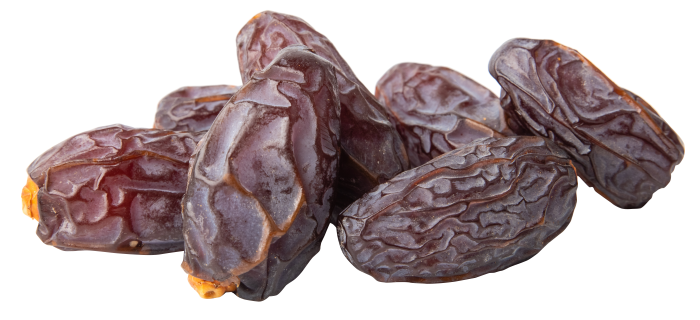Pemborong Kurma: Harvesting and Processing of Dates Fruits

Introduction: Pemborong Kurma and Dates Fruits
Pemborong Kurma refers to the process of harvesting and processing dates fruits before they are made available in the market. Dates fruits hold a special place in many cultures and are known for their numerous health benefits. Understanding the journey of dates fruits from the farm to the consumer’s table provides valuable insights into the meticulous techniques involved in ensuring the availability of high-quality dates fruits. This blog post aims to shed light on the harvesting and processing methods of dates fruits, highlighting the efforts undertaken to deliver fresh and delicious dates to consumers.
1. Cultivation and Harvesting Techniques
Cultivation: Dates fruits are primarily cultivated in regions with a suitable climate, such as the Middle East, North Africa, and parts of Asia. The cultivation process begins with selecting the right variety of date palm trees, preparing the soil, and providing optimal growing conditions, including adequate sunlight and water.
Harvesting: Dates fruits undergo a natural ripening process on the palm trees. Harvesting typically takes place when the dates reach their optimal ripeness, which is determined by their color and texture. Skilled farmers climb the trees or use harvesting equipment to carefully collect the ripe dates bunch by bunch.
2. Post-Harvest Processing
Sorting and Cleaning: After the dates fruits are harvested, they go through a crucial stage of sorting and cleaning to ensure that only the best-quality fruits make it to the market. Skilled workers meticulously examine each date, removing any damaged or unripe ones. The fruits are then thoroughly cleaned to eliminate dirt, debris, and any potential pests. This meticulous sorting and cleaning process guarantees that consumers receive dates fruits that are not only delicious but also free from any impurities, ensuring a delightful and hygienic eating experience.
Drying: Dates fruits can be consumed fresh or dried. Drying helps extend their shelf life and intensifies their sweetness. The dates are placed in well-ventilated drying facilities or exposed to the sun to remove excess moisture gradually.
Pitting: Pitting is an important step in the post-harvest processing of certain varieties of dates fruits. This process involves the removal of the pits to enhance convenience for consumers. Whether done manually or with the help of automated machinery, pitting requires precision to ensure that the integrity of the fruit is preserved. By removing the pits, dates become easier to consume, making them more versatile for various culinary applications. Pitting also allows for a smoother texture and enhances the overall eating experience, providing consumers with ready-to-eat dates that are both delicious and hassle-free.
Grading and Packaging: Dates fruits are graded based on their size, quality, and appearance. Grading ensures that only the best-quality dates make it to the market. The graded dates are then packaged in attractive and hygienic packaging materials, ready for distribution.
Conclusion
Pemborong Kurma plays a crucial role in ensuring the availability of high-quality dates fruits in the market. The cultivation and harvesting techniques, along with the post-harvest processing and packaging methods, contribute to the freshness and appeal of dates fruits. By understanding the meticulous process involved in bringing dates from the farm to consumers, we can better appreciate the effort and care that goes into delivering delicious and nutritious dates to our tables.
Key Highlights
- Pemborong Kurma refers to the process of harvesting and processing dates fruits before they reach the market.
- Dates fruits undergo cultivation techniques that involve selecting the right palm tree variety and providing optimal growing conditions.
- Harvesting takes place when the dates reach their optimal ripeness, and skilled farmers carefully collect them from the palm trees.
- Post-harvest processing includes sorting, cleaning, drying, pitting, grading, and packaging to ensure the availability of high-quality dates fruits.
- Understanding the process of Pemborong Kurma helps consumers appreciate the effort and care involved in delivering fresh and delicious dates to the market.